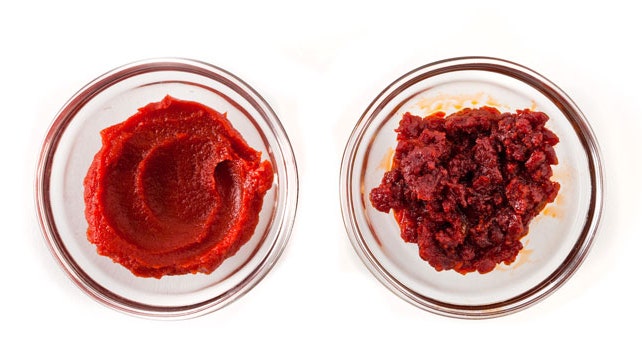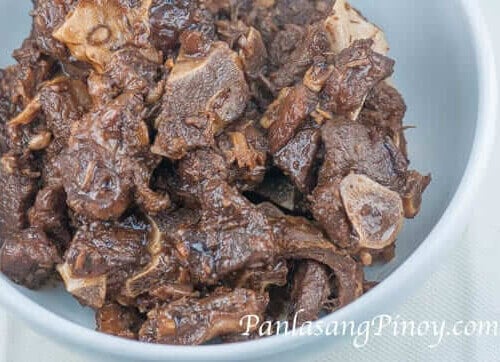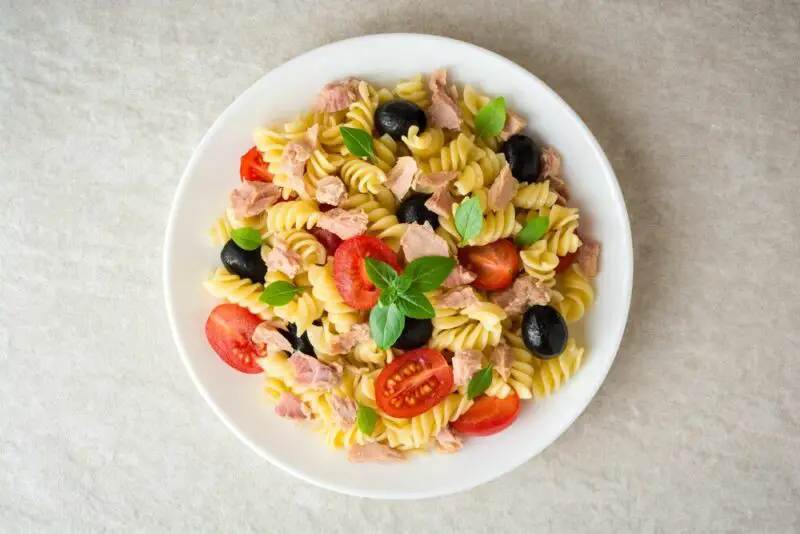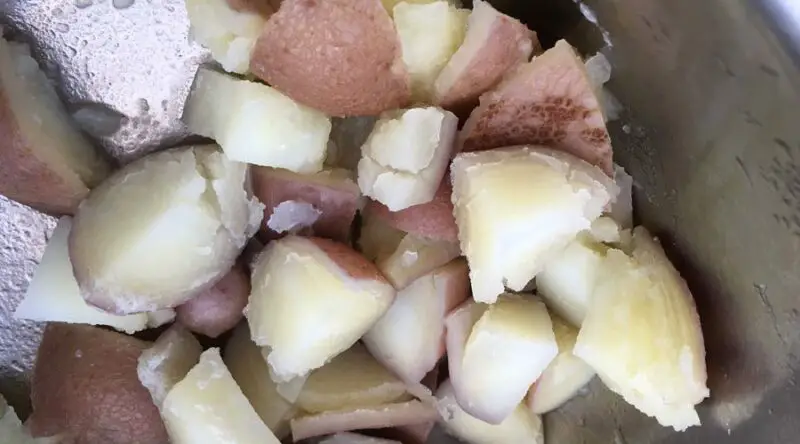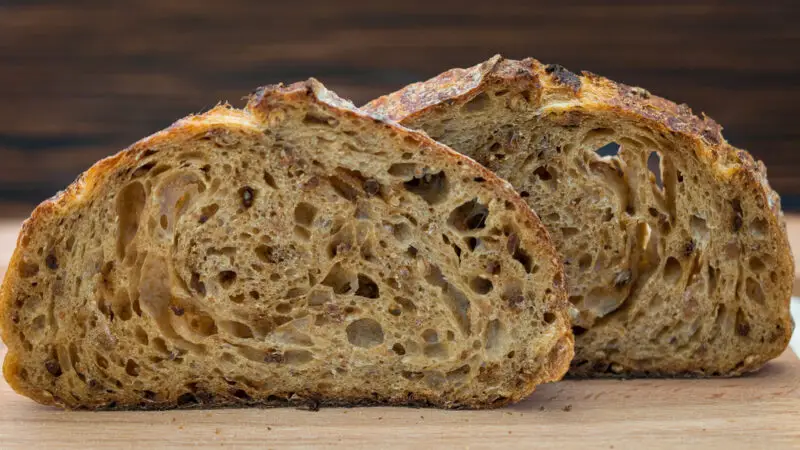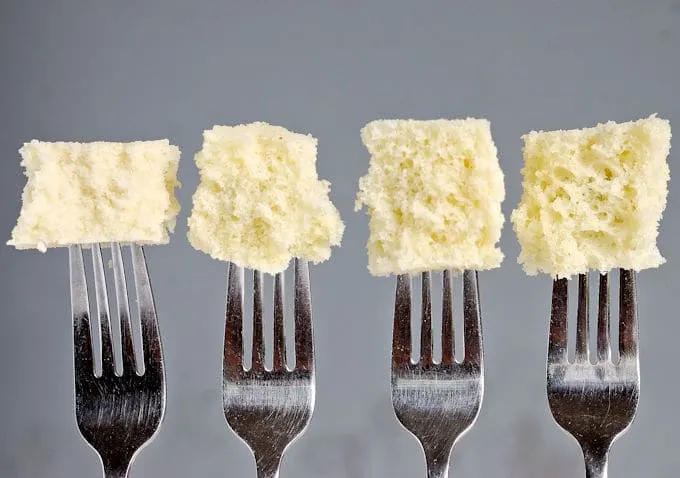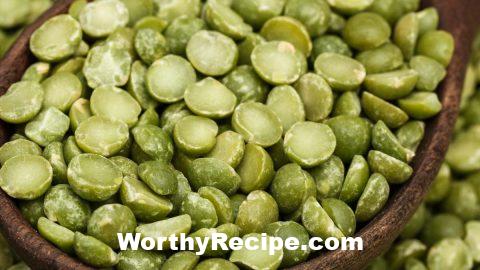Should Tomato Puree be Cooked?
If you love adding tomatoes to your dishes, then it’s time to consider using tomato puree. Tomato puree is a thick and smooth paste made from cooked and strained tomatoes with skin and seeds removed. It is very versatile and can be used in several dishes such as sauces, soups, stews, pizzas, and pasta. But the question remains: should tomato puree be cooked? This article will explore the various ways of cooking tomato puree, its nutritional value, consistency, as well as offer cooking tips to achieve that perfect tomato puree taste.
What is Tomato Puree?
Tomato puree is a thick, concentrated paste made from fresh or cooked tomatoes that have been blended to remove the seeds and skin. It is commonly sold in cans or jars and used as a base for making many tomato-rich recipes. Types of tomato puree include concentrated tomato paste and canned varieties.
Types of Tomato Puree
- Canned Tomato Puree: This type of tomato puree comes in cans and has a thicker texture compared to other types.
- Concentrated Tomato Paste: This type of tomato puree is very concentrated, with little or no water content. It has an intense flavor and texture that adds depth to sauces.
- Fresh Tomato Puree: Fresh tomato puree is made by cooking fresh tomatoes until they become soft enough to run through a food mill or sieve for a smoother consistency.
Benefits of Tomato Puree
Aside from being one of the essential ingredients in many recipes, tomato purees are also noted for their nutritional properties. They are a rich source of vitamins, minerals, and antioxidants. Some of the health benefits of tomato puree include:
- It helps to maintain good vision and prevents eye diseases such as cataracts due to its vitamin A content.
- It helps to lower bad cholesterol levels and blood pressure due to its potassium content.
- The lycopene present in tomato puree helps to reduce the risk of heart disease and stroke.
- It contains antioxidants that help to protect cells from damage caused by free radicals.
Cooking Tomato Puree
The cooking method used when preparing tomato puree depends on individual preferences, recipes that require them, as well as how much time is available for preparation. Here are a few methods for cooking tomato puree:
Stovetop Cooking
The stovetop method is one of the most common ways of cooking tomato puree because it is quick and straightforward. To do this:
- Clean and Prepare the Tomatoes: Rinse the tomatoes in cold water, remove any unwanted spots or blemishes, and cut them into smaller pieces.
- Cook the Tomatoes: In a large pot, bring the tomatoes to a boil while stirring constantly until they become soft enough to form a paste.
- Sieve the Mixture: Pass the mixture through a fine-mesh sieve or food mill to remove seeds and peels.
- Season and Store: Depending on your recipe, you can add different flavors such as salt, herbs like oregano or basil, olive oil or vinegar for extra tanginess. Store the prepared paste in an airtight container in the refrigerator or freezer.
Oven Cooking
If you prefer a more intense flavor, roasting your tomatoes in the oven might be the perfect way to prepare tomato puree.
- Clean and Prepare the Tomatoes: Rinse the tomatoes and cut them into halves or slices, depending on your preference.
- Bake the Tomatoes: Spread the tomato pieces in a single layer on a baking sheet and drizzle them with olive oil. Bake at 375°F for about 30 minutes or until they become tender and slightly charred.
- Puree The Tomatoes: Once they are cool enough to handle, blend the tomatoes in a blender or food processor to make a smooth paste.
- Store or use immediately: Store your tomato puree in an airtight container or freeze for later use.
Crockpot Cooking
The Crockpot is another method of cooking tomato puree that requires less supervision.
- Prepare and Season Tomatoes: Clean and prepare whole tomatoes, add salt, onions (if necessary), desired seasoning and place in slow cooker.
- Cook: Cook on low heat for 6-8 hours, until the tomatoes are soft and tender enough to be blended into puree.
- Puree The Tomatoes: Let the mixture cool down before using an immersion blender or transferring into a food processor to get a smooth mixture. You can also use a fine mesh sieve to remove any seeds and peels if desired.
- Store: You can store the puree for later use by either freezing or refrigerating it.
Non-Cooking Uses of Tomato Puree
The uncooked version of tomato puree can be used to make a few delicious recipes such as gazpacho and bruschetta.
Gazpacho
Gazpacho is a cold, refreshing soup from Spain. It is made by blending fresh tomatoes, cucumber, onions, peppers, and garlic in a food processor or blender. The tomato puree used should be uncooked for maximum taste and freshness. You can also add croutons or avocado pieces to the soup before serving.
Bruschetta
Bruschetta is an Italian appetizer that is typically made with grilled bread rubbed with garlic and topped with tomato salad. In making the tomato salad, you can use uncooked tomato puree along with chopped onions, basil, olive oil, and salt to taste.
Effects of Cooking on Nutritional Value
Cooking tomato puree can reduce its nutritional value depending on the heat intensity and cooking time. Specifically:
Impact of High Heat on Nutrients
The intensive heat involved in cooking tomato puree can affect the nutrients present in it negatively. The following are some examples:
- Beta-Carotene: Beta-carotene is a precursor of Vitamin A found in tomatoes. It is sensitive to thermal degradation which happens when tomatoes are cooked for extended periods at high temperatures.
- Lycopene: Lycopene is the compound responsible for the red color in tomatoes. Although cooking can enhance its bioavailability to the body, overcooking at high temperatures can reduce its effectiveness.
- Vitamin C: Vitamin C, an important antioxidant, is heat-sensitive. Cooking tomato puree at high temperatures for long periods can diminish its nutritional value.
The Role of Consistency in Tomato Puree
Tomato puree consistency varies based on how it was prepared and whether or not it was cooked. However, when comparing thick and thin consistencies of tomato puree, both have their uniqueness and taste.
Thick or Thin Consistency: Which is Better?
The answer depends on your recipe or preference. Thick tomato purees are perfect for soups, stews, and dishes that require a more intense tomato flavor. On the other hand, thin tomato purees are best for pasta sauces and pizza because they provide a smoother texture that complements the dish’s taste.
Thick versus Thin Nutritional Content Comparison
Both thick and thin tomato purees retain their nutritional values despite their difference in texture. It all depends on how much you consume as each serving size may vary.
Cooking Tips and Techniques
To achieve that perfect tomato puree taste, here are some cooking tips:
- Avoid Overcooking: Overcooking your tomato puree at high temperatures will not only impact its nutritional value but will also give it a burnt or bitter taste. Cook until it has reached the desired consistency or texture.
- Add Sugar: Adding sugar helps to reduce acidity and enhances the natural sweetness of tomatoes.
- Seasoning Options: Season your tomato puree with herbs like basil or oregano, garlic, onion, or choose to sweeten it with honey or vinegar.
Comparison to Other Tomato Products
Tomato products differ in consistency, nutritional value, cooking time, and flavor intensity. Here’s a comparison between some of the common tomato products available:
| Tomato Product | Description | Cooking Time (Approx.) | Thickness/Texture |
|---|---|---|---|
| Tomato Puree | A product made by boiling tomatoes and removing the skin and seeds. | 30-50 minutes for on-stove cooking. | Typically thick and smooth texture. |
| Diced Tomatoes | Cut into small chop-sized pieces with juice included. | 5-7 minutes for stove-top cooking. | Liquid-like with small chunks of tomato mixed in. |
| Tomato Sauce | Made from adding seasonings to canned tomatoes blended together. | 1-2 hours for simmering on the stovetop or crockpot cooking. | A smooth texture and thicker than diced tomatoes but thinner than a puree cup of pasta sauce. |
Is One Better than the Other?
The answer depends on the recipe and personal preference. Tomato sauce may be best used when making a marinara sauce while tomato paste is ideal for adding richness to stews and sauces. Diced tomatoes are perfect for making chunky pasta sauces or soups.
Conclusion
The nutritional and flavor properties of tomato puree make it a great addition to any kitchen. While cooking tomato puree is essential for some applications, the benefits of raw tomato puree in certain recipes cannot be overlooked. With different methods available to cook tomato purees, you can create your next best recipe using your preferred technique and consistency.
FAQs about Cooking Tomato Puree
1. Is it necessary to cook tomato puree?
Absolutely! Cooking the tomato puree not only enhances its flavor but also makes it safe for consumption. Tomatoes contain harmful bacteria, such as E.coli and Salmonella, which can lead to foodborne illnesses. These bacteria can be eliminated by cooking the tomato puree at a high temperature.
2. How long should I cook tomato puree?
The cooking time depends on the quantity of tomato puree you have. As a general rule, you should cook the puree for at least 30 minutes to 1 hour on low heat. This will allow the flavors to develop and kill any bacteria present in the tomatoes.
3. Can I use raw tomato puree in recipes such as salsa or guacamole?
Using raw tomato puree in dishes that require no cooking, such as salsa or guacamole, is not recommended. The bacteria present in raw tomatoes can cause food poisoning, especially when consumed in large quantities. Always cook your tomato puree before using it in any recipe.
4. What is the best way to store leftover cooked tomato puree?
The best way to store leftover cooked tomato puree is in an airtight container in the refrigerator for up to four days or in the freezer for up to six months. Make sure to label the container with the date of storage and use the oldest storage first. When reheating the frozen tomato puree, thaw it overnight in the fridge before heating it up on a stove or microwave.
